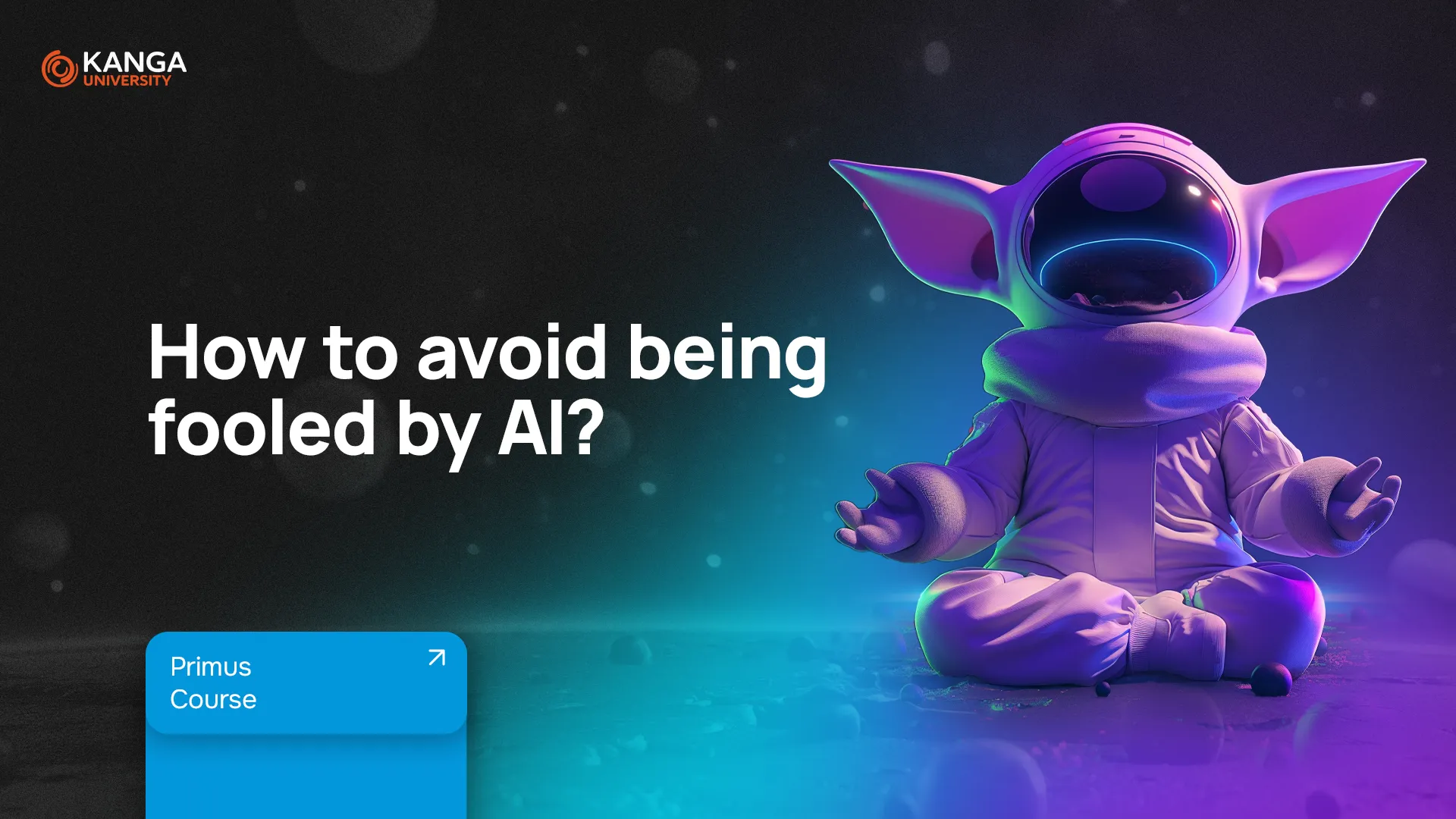
So far, we have focused on the positive aspects of AI. However, like any powerful technology, it also carries risks. In this important lesson, we will discuss how to recognize them and how to protect yourself to use AI consciously and safely.
Threat 1: Disinformation and AI “Hallucinations”
Language models, despite their impressive abilities, do not “know” what is true. Sometimes they generate information that sounds plausible but is completely false. This phenomenon is called AI hallucinations.
- Risk Scenario: Using AI for the mass production of fake news that can influence public opinion or mislead on key issues.
- How to protect yourself: Always verify critical information, especially concerning health, finance, or important events. Treat AI responses as a starting point for further research, not as the final word. Ask for sources and check them.
Threat 2: Deepfakes and Identity Theft
Deepfake technology allows for the creation of incredibly realistic but fake video and audio materials. AI can impose anyone’s face on another recording or clone their voice from a short sample.
- Risk Scenario: Creating fake videos of public figures to spread disinformation or for financial fraud, e.g., a phone call from a “family member” asking for an urgent money transfer.
- How to defend yourself: Be skeptical of unusual or shocking recordings. Pay attention to minor imperfections in the image or sound. Verify any unexpected financial request through another trusted communication channel (e.g., by calling a number you know).
Threat 3: Advanced Phishing
Phishing is a method of fraud that involves impersonating trusted individuals or institutions to steal data (e.g., banking passwords). AI can create phishing messages that are much more convincing.
- Risk Scenario: Receiving a perfectly written, personalized email that looks identical to an official message from your bank or a government office, urging you to click a malicious link.
- How to defend yourself: Never click on links or download attachments from unexpected messages. Always check the sender’s email address carefully. If in doubt, contact the institution through an official channel.
Threat 4: Algorithmic Bias
AI models learn from data created by humans, and this data reflects our societal prejudices and stereotypes. As a result, AI can unconsciously replicate and even amplify them.
- Risk Scenario: An AI-based recruitment system that favors male candidates because the historical data it was trained on had more men in senior positions. Another example is facial recognition systems that are less accurate for people of color.
- How to be aware: Remember that the results generated by AI are not objective truth. They may contain hidden biases. Be critical of automated assessments and recommendations, especially when they concern people.
Awareness of the threats is the first step to using new technologies safely. In the final lesson, we will return to practice and present a list of tools to start your adventure with AI.